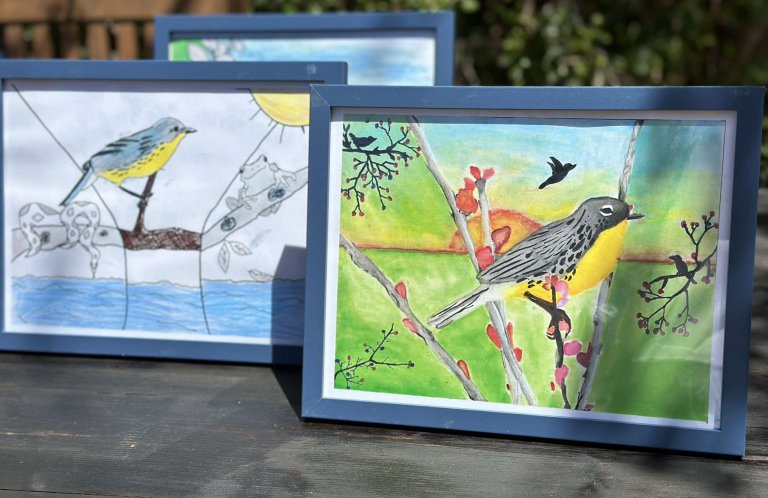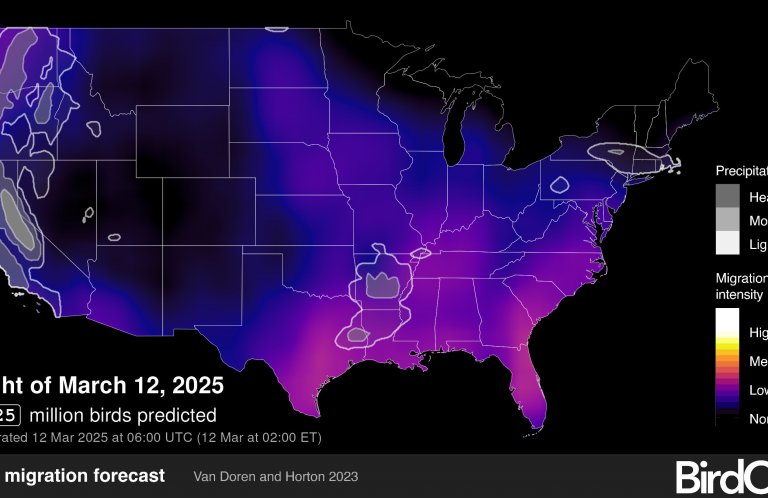In Latin America, It Takes a Village to Save Rare Hummingbirds
A culture of conservation is taking root in several South American communities as residents find creative ways to help rare hummingbirds survive. Here are three places where this is happening with great success.
Peru and the Marvelous Spatuletail
During its flashy courtship display, the Marvelous Spatuletail flies with the panache of a rock star. “Like the bird equivalent of Prince,” says Daniel Lebbin, ABC's Vice President of International Programs. “It's the most spectacular hummingbird in the world.”

Marvelous Spatuletail by Glenn Bartley
It's also one of the rarest. The species lives only in a small area in the Rio Utcubamba Valley in the Andes of northern Peru. There, at the Huembo Reserve, visitors can see it in dazzling aerial action.
Expanded in 2013, Huembo now totals just over 100 acres. “We're not going to save the bird there alone,” Lebbin says. “But Huembo has been a great way to engage surrounding communities to improve habitat over larger areas.”
Birders have long come to the area where Huembo Reserve is now in hopes of spotting the Marvelous Spatuletail, but there was no conservation here until 2005, when ABC and the environmental group Asociación Ecosistemas Andinos (ECOAN) helped establish the reserve, the first protected area for the species.
It was a starting point. Constantino Aucca, President of ECOAN, recalls how it took two years of conversations, workshops, community projects, and reforestation programs to persuade the local community that ECOAN and ABC would be good partners.
“When the people were convinced that we were serious and trustworthy, they gave us the opportunity to show them how effective we are,” he says.
Huembo was once highly degraded, burned annually for pastureland. But efforts to restore the land, including the planting of many trees and flowering bushes—made possible by ECOAN, ABC, donors, and residents working together—have turned the situation around. More than 1 million trees have been planted on upward of 1,200 acres in the reserve and surrounding areas to restore forest and connect remnant forest patches.
“One bird changed our lives,” Aucca says.
Local residents knew of the spatuletail but did not realize how rare it was. Now local schoolchildren do a dance inspired by the bird, and it appears as a symbol on taxis, in cafes, even as the emblem of a local political party.
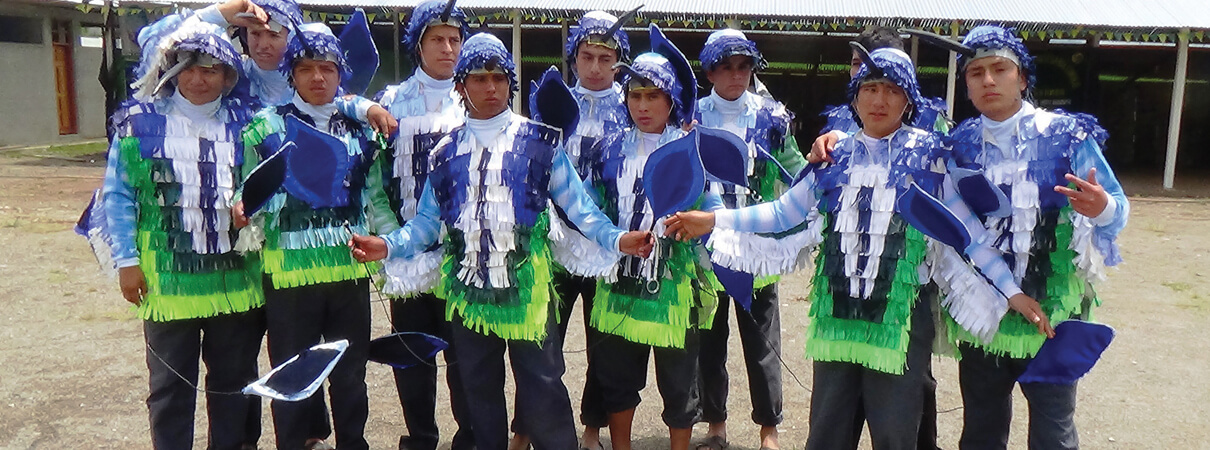
Spatuletail dancers by Dan Lebbin
The reserve has become a living demonstration of sustainable uses for the land. Conservation agreements with local landowners encourage sustainable forestry, which benefits not just the spatuletail but migratory birds such as the Swainson's Thrush and Canada Warbler.
ECOAN and ABC are now collaborating with two other communities nearby to create new Private Conservation Areas, potentially protecting 148,000 acres.
Ecuador and the Esmeraldas Woodstar
Further north, along the coast of Ecuador, another small reserve for an even smaller hummingbird is also having an outsize impact. Residents of the coastal community of Las Tunas call the tiny Esmeraldas Woodstar Estrellita, Spanish for “little star.” Only 2.5 inches long, the bird breeds at lower elevations, moving to higher ground at other times of year.
Part of the hummingbird's upland range falls within a national protected area. But the woodstar prefers lowland streamside habitat for breeding and nesting. That habitat has been especially vulnerable to deforestation and agricultural clearing, and fewer than 1,000 birds remain.
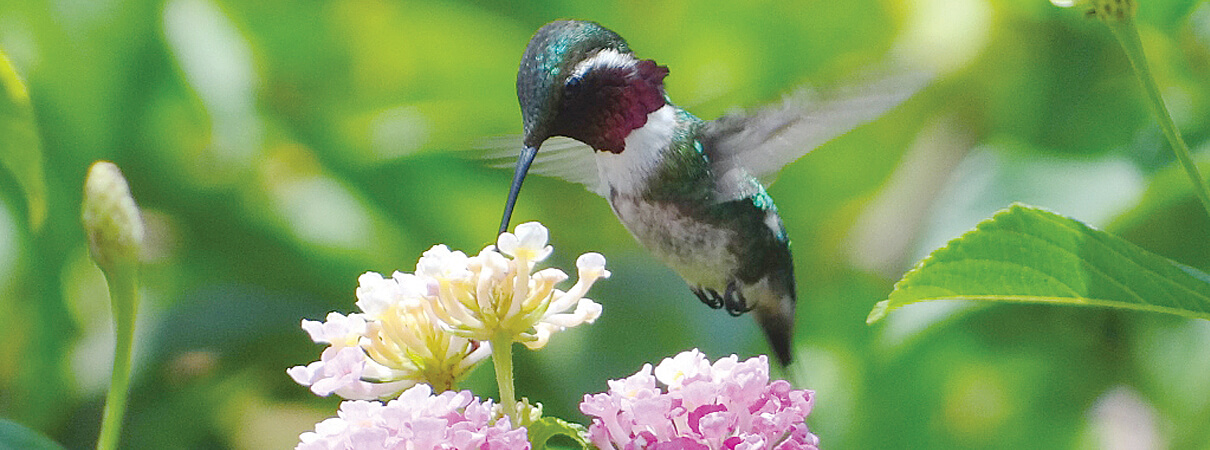
Esmeraldas Woodstar by Francisco Sornoza
In 2014, together with the Las Tunas community, ABC and our Ecuadorian partner Fundación Jocotoco created a 38-acre reserve at Ayampe. Although the reserve is small, “it's an important site for the Esmeraldas Woodstar's courtship and nesting,” says Francisco Sornoza, Jocotoco's Conservation Director.
The conservation agreement doesn't just focus on protecting the hummingbirds. It also emphasizes improving the quality of life for the Las Tunas community. For instance, people in the area depend on water from the Rio Ayampe, but deforestation puts that vital water source at risk.
To combat that threat, Jocotoco, ABC, and the community have planted more than 15,000 trees, many of them native pechiche trees. The pechiche “has millions of small violet flowers and is the preferred food of the Esmeraldas Woodstar,” Sornoza says.
It's also the occasion for a lively annual festival in spring, when the tree's fruit ripens. A local staple, the fruit features in sweets and jellies.
Community involvement in conservation doesn't end with tree-planting. The children of Las Tunas have collected more than 1.3 million cast-off plastic bottles that washed up along the beaches. “As a result, the community of Las Tunas is one of the cleanest sections of coastal Ecuador, and the children have received many awards,” Sornoza says.

Children of Las Tunas by Byron Delgado
All that activity has attracted the attention of the Ecuadorian government, which has declared the place a protected tourism area. Residents now speak of the Esmeraldas Woodstar as “their” hummingbird, Sornoza says.
The secret to this successful partnership? “Action, passion, and sincerity of mission,” he says. “The communities are truly defenders of the environment.”
Honduras and the Honduran Emerald
In Honduras, protecting another rare hummingbird also depends both on creating reserves and on working with individual landowners. The tiny, jewel-toned Honduran Emerald—the country's only endemic bird species—wasn't seen for almost 40 years, from 1950 to 1988. It relies on dry tropical forests that have been heavily affected by cattle ranching.
Last year, the Honduran environmental group La Asociación de Investigación para el Desarrollo Ecológico y Socio Económico (ASIDE) and ABC advocated for the Honduran Forestry Department to create the El Ciruelo Wildlife Refuge, 147 acres of hummingbird habitat in the Agalta Valley.
ABC and ASIDE have also been working with ranchers individually to set up a Payment for Ecosystem Services program to compensate them for maintaining and improving forests on their land.
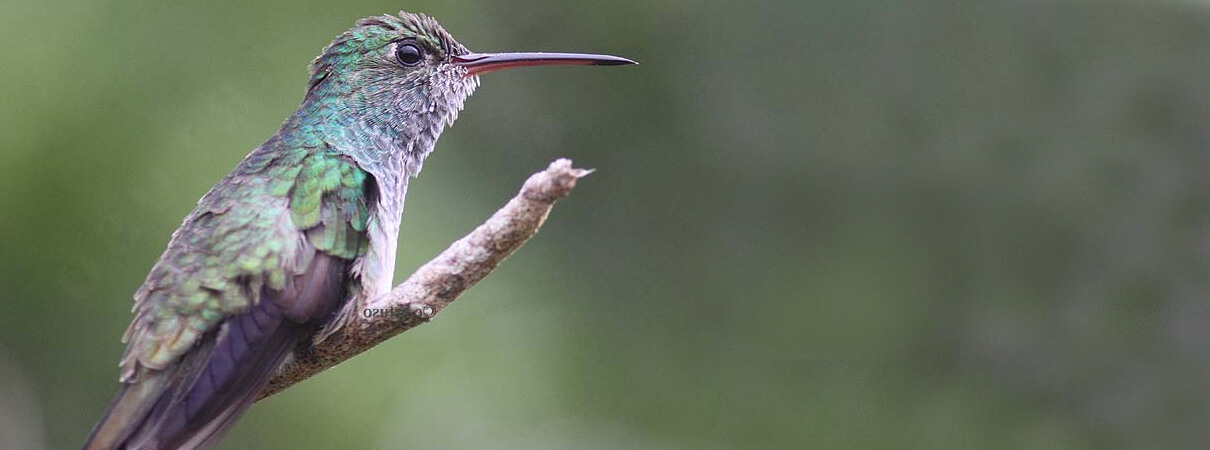
Honduran Emerald by Christian Artuso
ABC also coordinated with a team of researchers to learn more about the little-studied Honduran Emerald. The team included Fabiola Rodriguez, a graduate student in biology at Indiana University of Pennsylvania. The team found 17 nests and discovered that the bird fed on 26 species of plants in the valley, with a special affinity for a certain cactus flower.
Rodriguez's team conducted much of their work on private lands. Mindful that outreach is too often neglected, she says, “we definitely shared what we were learning as we went.” That effort led to many conversations about the Emerald and to individual actions that benefit the species.
For instance, one landowner intended to remove a large cactus but changed his mind after learning how much the hummingbird likes cactus flowers.
In summary, in Honduras, Ecuador, Peru, and elsewhere, ABC and our partners are working to conserve hummingbirds and other species by collaborating with communities and local people in ways that both benefit birds and improve people's livelihoods.
“Often starting small with a pilot tree nursery or initial reserve, our partners win the trust of local people who expand our conservation efforts over broader landscapes,” Lebbin says. “This helps more birds and ultimately builds a local culture of conservation.”
Editor's note: This article first appeared in the summer 2016 edition of Bird Conservation magazine. The magazine is a member benefit; to receive it, join today!
 Jennifer Howard is Director of Public Relations at American Bird Conservancy. Before coming to ABC, she was a writer and reporter with The Chronicle of Higher Education for 10 years and before that was a contributing editor and columnist with The Washington Post. She writes nonfiction for The Times Literary Supplement and the Boston Review and her fiction work has been published by Virginia Quarterly Review and others. Follow Jen on Twitter at @JenHoward.
Jennifer Howard is Director of Public Relations at American Bird Conservancy. Before coming to ABC, she was a writer and reporter with The Chronicle of Higher Education for 10 years and before that was a contributing editor and columnist with The Washington Post. She writes nonfiction for The Times Literary Supplement and the Boston Review and her fiction work has been published by Virginia Quarterly Review and others. Follow Jen on Twitter at @JenHoward.





































